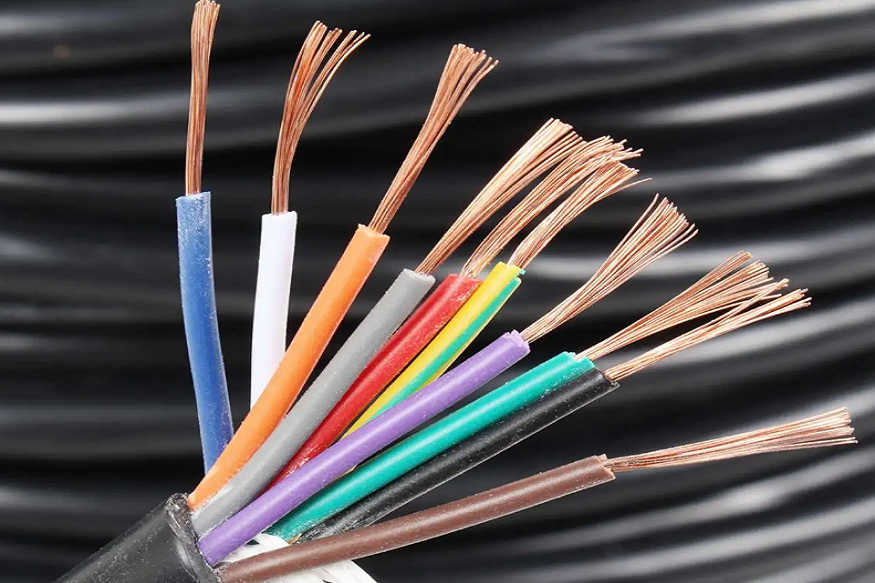Wiring may be hidden behind walls, but it forms the nervous system of your home. Whether you’re building a new house or upgrading an old one, choosing the right wiring is crucial—not just for performance, but also for safety and long-term savings.
With so many types of wire available in the market, making the right choice can be confusing. This ultimate buyer’s checklist will help you navigate your options with confidence and ensure your home wiring stands the test of time.
1. Understand the Different Types of Wire
Before you begin shopping, it’s essential to familiarize yourself with the types of wire commonly used in residential applications:
- Single-Core Wire: Used for internal wiring in devices and panels.
- Multi-Core Wire: Multiple insulated wires bundled together; ideal for complex connections.
- Coaxial Cable: Used for TV and internet connections.
- Braided Wire: Known for flexibility and durability, braided wire is ideal for dynamic or high-vibration environments.
- FRLS Wire: Flame-Retardant Low Smoke (FRLS wire) is designed for enhanced safety in case of a fire, making it a must-have for modern homes.
Each type serves a unique purpose. Make sure your wiring plan includes the right mix based on usage and location.
2. Prioritize Fire Safety: Choose FRLS Wire
One of the most overlooked yet critical aspects of home wiring is fire safety. FRLS wire not only resists the spread of fire but also emits minimal smoke, ensuring safer evacuation and reducing damage in case of electrical fires.
When to use: In bedrooms, living rooms, and confined spaces like false ceilings.
3. Consider the Wire Insulation Quality
A good wire is more than just copper. Pay close attention to the quality of the insulation:
- Look for heat- and moisture-resistant insulation.
- PVC or XLPE coatings are recommended for residential applications.
- Ensure that the insulation does not peel or crack over time.
4. Match Wire Gauge to Appliance Load
Thinner wires may save cost upfront but pose serious risks. Always consult a certified electrician to determine the correct wire gauge (thickness) based on your load requirements:
- 0 – 1.5 sq.mm for lighting and fans
- 5 sq.mm for power sockets and small appliances
- 0 – 6.0 sq.mm for heavy appliances like air conditioners and geysers
Using incorrect gauges can result in overheating, short circuits, or long-term energy loss—leading to higher bills and frequent maintenance.
5. Evaluate Flexibility: Go for Braided Wire Where Needed
When installing wires in areas with tight corners or movable fixtures, braided wire becomes a valuable choice. It’s made up of multiple strands woven together, offering superior flexibility and resistance to breakage.
When to use: In switchboards, control panels, or concealed conduit wiring that requires movement during installation.
6. Check for ISI Mark & Certification
Never compromise on quality. Always choose wires that carry the ISI mark and comply with BIS (Bureau of Indian Standards) certification. This ensures that the product has passed rigorous safety and quality tests.
7. Plan for Future Expansion
Think ahead. If you’re planning to install additional appliances in the future (like a home office, modular kitchen, or EV charging station), make sure your wiring layout and capacity can support it.
8. Ensure Proper Labelling & Color Coding
Your electrician should follow proper color codes for phase, neutral, and earth wires. This avoids confusion during maintenance and prevents electrical problems in the long run.
Final Thoughts
Choosing the right home wiring isn’t just a technical decision—it’s a long-term investment in safety, functionality, and peace of mind. By understanding the types of wire and knowing when to use braided wire or opt for high-safety FRLS wire, you can create an electrical setup that’s built to last.

